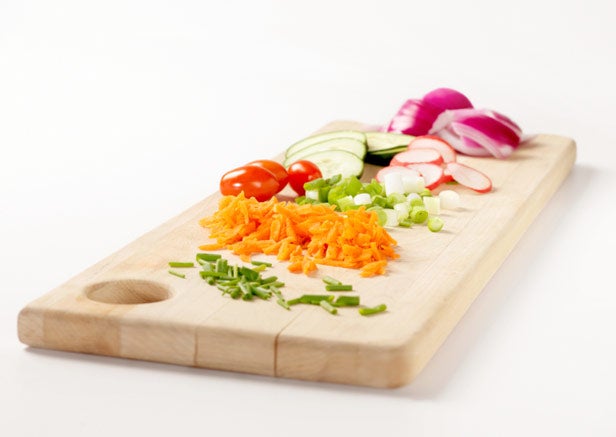How Safe is Your Food?


When you think of food poisoning, you probably think of unpleasantness like nausea, dizziness, and maybe some bathroom troubles. But do you think of hospitalization, miscarriages, and even death? A couple of years ago, the Centers for Disease Control and Prevention (CDC) reported that 50 people in the northeastern United States had been infected with Listeria from deli turkey. Most were hospitalized, seven died, and three pregnant women had miscarriages or stillbirths.
In the same year, E. coli-contaminated ground beef that was packed by ConAgra Foods prompted the second-largest meat recall in U.S. history. Thirty-eight people, primarily in Colorado, were ill, six people developed serious complications, and one person died. The CDC estimates that food-borne illnesses cause 76 million Americans to get sick, over 300,000 people to be hospitalized, and 5,000 people to die each year. Children, the elderly, people with compromised immune systems, and pregnant women are most at risk.
Where The Danger Hides
Meats, poultry, and seafood are common culprits – especially ground beef, as any dangerous microbes that are present on the meat can become mixed into the product during processing. “If the meat is ground, there are a number of surfaces where the organism can be,” says Garry L. McKee, administrator of the Food Safety and Inspection Service. “So if we eat hamburgers that haven’t been cooked to 160 degrees Fahrenheit, there’s the potential for the organisms to still be present in the meat.” Chicken is another harborer of pathogens, especially Salmonella. In the produce department, lettuce and sprouts have been the most linked with food-borne illness in recent years.
Beat The Bug!
Want to get in on the act? There’s a lot you can do, from the market to the kitchen, to protect yourself and your family from food-borne diseases.
At the supermarket, cross-contamination is a real danger, so keep raw meat, poultry, and seafood separate from the other foods in your shopping cart. Put your meat in the plastic bags offered in most meat departments to keep them from dripping onto other foods. Also, ask the checkout clerk to bag these items separately.
If the supermarket salad bar doesn’t seem cold enough, be sure to avoid dairy products like chopped egg, and meats like grilled chicken strips. Finally, avoid buying unpasteurized juices; in 1996, unpasteurized juice harboring E. coli sickened more than 60 people in the western United States and killed one.
Keep raw meat, poultry, and seafood away from fruits and vegetables so meat juices won’t cross-contaminate foods. If you cut meat on a cutting board, wash it thoroughly in hot, soapy water before using it to cut other foods. Even better, keep a separate cutting board for meats. Whether your cutting board is plastic or wooden, the risk factor for harmful germs is the same. Disinfect your cutting board occasionally with a mixture of bleach and water, and be sure to replace cutting boards when they become heavily scratched or gouged.
Cook foods thoroughly to kill bacteria. Use a meat thermometer just to be sure. Roast beef should be cooked to 145 degrees Fahrenheit for medium rare. Finally, don’t let foods sit at room temperature for more than two hours.